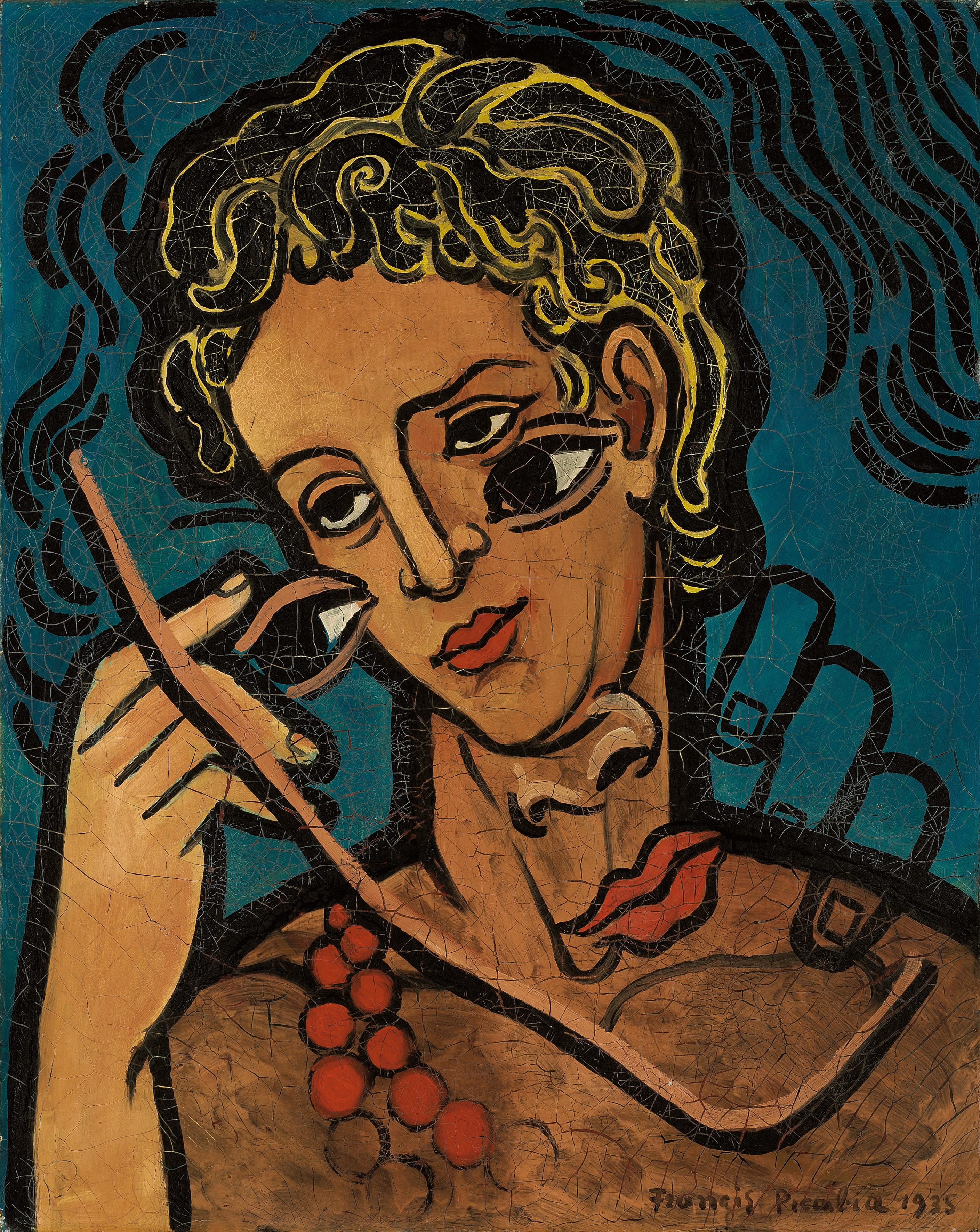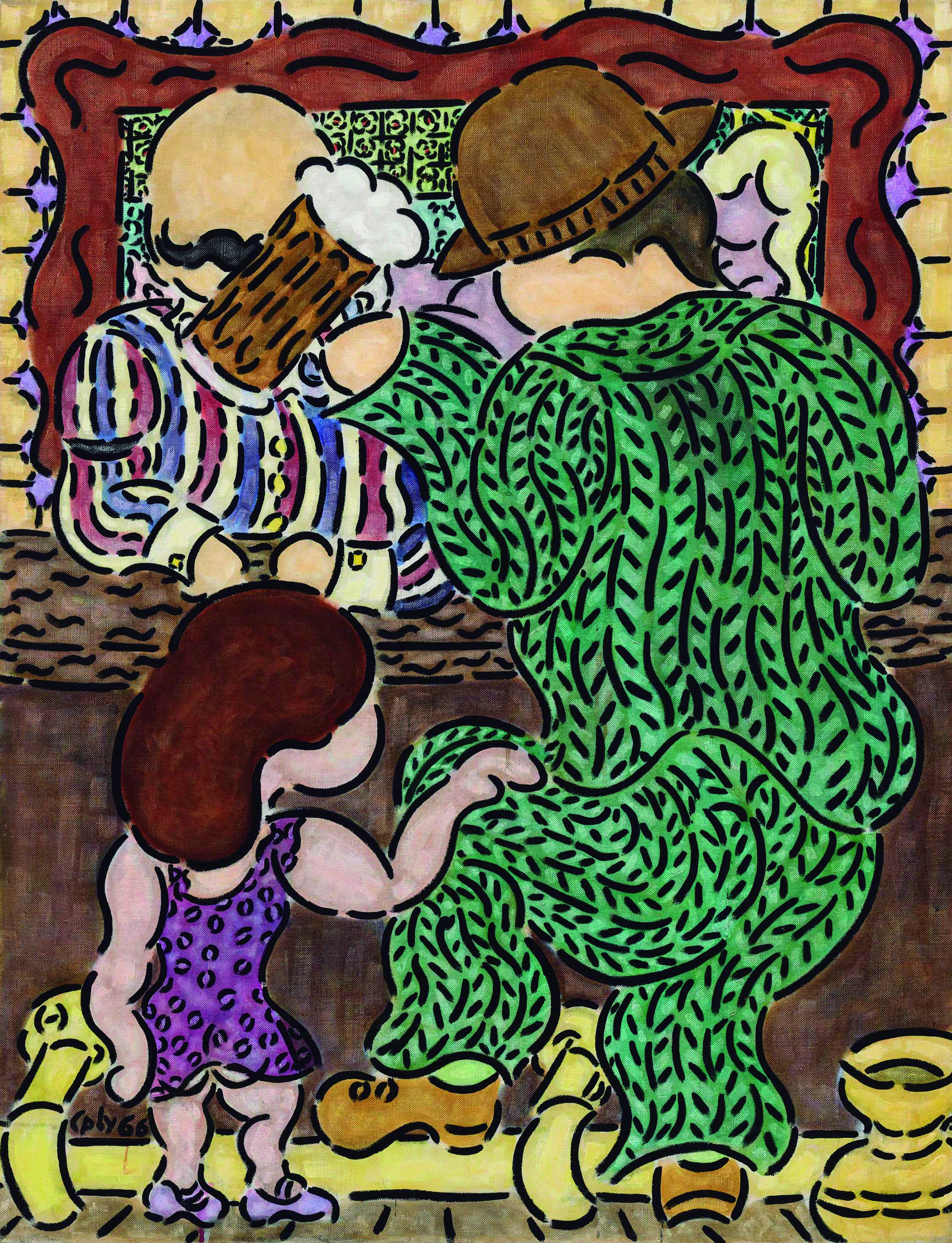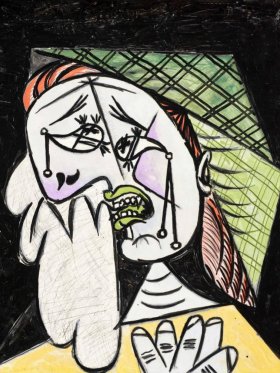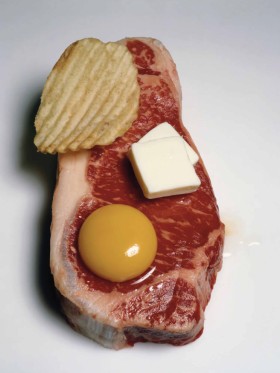In 2010, my book The Virtues of Mendacity: On Lying in Politics appeared with a cover reproducing Grant Wood’s well known painting ‘Parson Weem’s Fable’.1 It depicts Mason L. ‘Parson’ Weems, the author of a hagiographical biography of George Washington pulling back a theater curtain and pointing to the scene of the six-year old future ‘father of his country’ confessing to his own father that he had cut down a cherry tree. The latter’s forgiving encomium to his son for telling the truth became one of the most celebrated anecdotes in the folklore of American political culture when it was included in the wildly popular McGuffy’s Readers for children in the 1830s.
But as Wood’s portrayal of it as staged by Weems slyly implies, it was really a fabrication, brazenly plagiarized from the British author James Beattie. To bring home his point about the dubious origins of the legends surrounding Washington, Wood placed two small figures in the background harvesting the fruit of another tree. If you look closely, it is clear they are black slaves owned by his family on their Virginia plantation, ten of whom Washington inherited when his father died. He later acquired hundreds more and remained a slaveholder for fifty-six years, delaying the emancipation of his human chattel until after his own death. The popular ignorance of these inconvenient facts and others like them has led recent historical revisionists to question 1776 as the emblematic date for the founding of the United States and suggest instead 1619, when the first Africans were brought to America from the Portuguese colony of Luanda in present-day Angola.
When my book was translated into Russian a few years later, the publishers realized that the legend of Washington and the cherry tree, let alone Wood’s deflating depiction of it, would mean nothing to its audience, and so adorned the cover with a very different image. They chose a photograph of Churchill, Roosevelt and Stalin sitting together at the Yalta conference in 1945, cordially smiling to convey an air of harmonious agreement. ‘The Big Three’ were there to formulate plans for a liberated Europe after the defeat of Nazi Germany. The declaration that followed the meeting promised the people of Europe that it would ‘create democratic institutions of their own choice’ through free elections. As soon became clear after the war, Stalin had his fingers crossed when that promise was made. Other ticklish issues, such as the fate of the British Empire, were also left tactfully unresolved. When the Cold War began shortly thereafter, the smiles faded with the realization that the show of unity at Yalta had been a façade masking the abiding conflict of interests and ideologies dividing the powers.







Share article